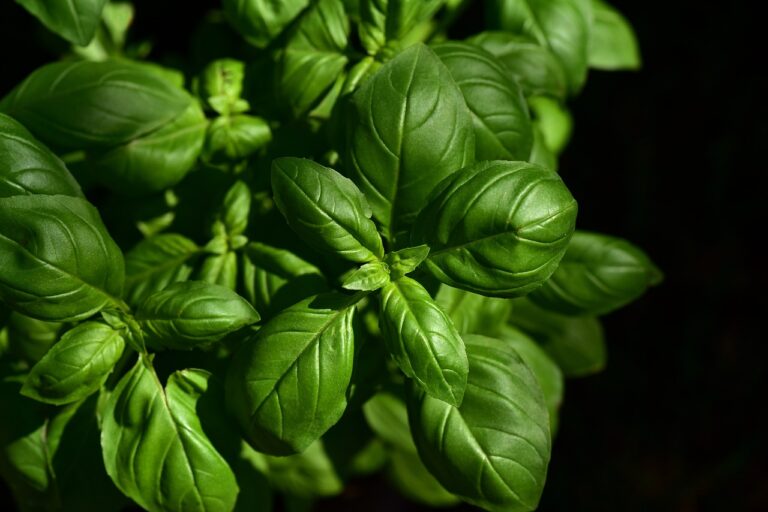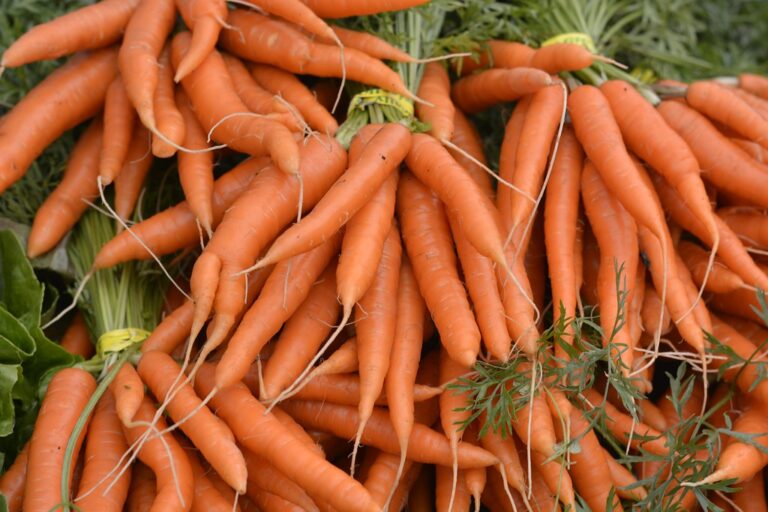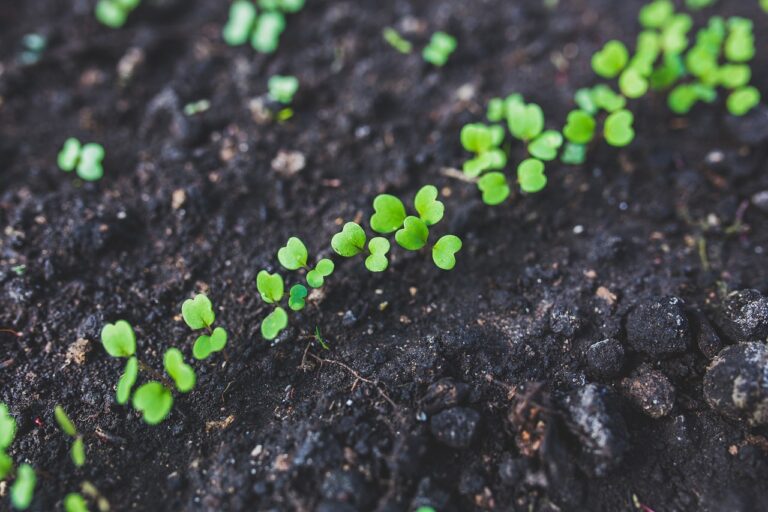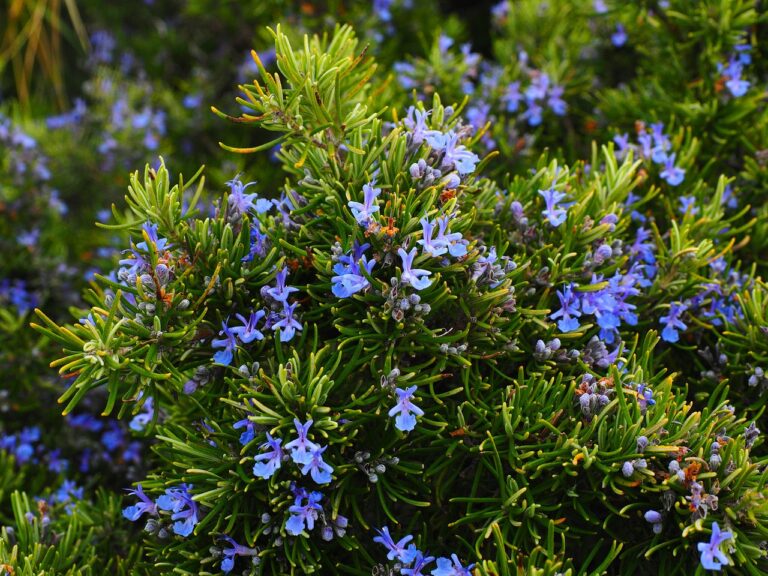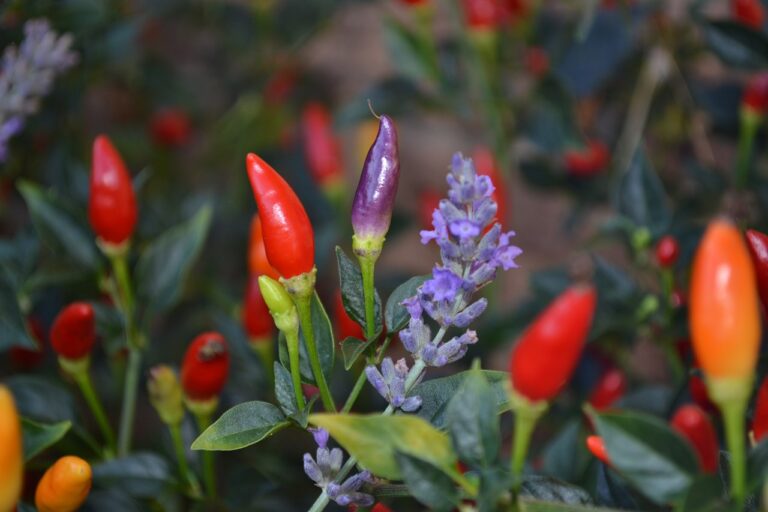Understanding Herb and Vegetable Companions: A Guide to Ideal Pairings for Enhanced Growth
Companion planting maximizes growth potential and pest control in your garden. Basil and tomatoes together repel pests and attract pollinators. Chives naturally fend off insects for carrots, tomatoes, and sunflowers. Mint protects tomatoes and eggplants. Rosemary keeps aphids away and supports neighboring plants. Thyme complements various fruits, vegetables, and herbs. Harness these pairings to create a harmonious garden ecosystem.
Benefits of Companion Planting
Companion planting transforms gardening practices by promoting symbiotic relationships between plants, resulting in improved soil fertility and pest control. This ancient practice offers a myriad of benefits for plant health and garden productivity. By strategically pairing certain plants together, we can harness the power of nature to create a harmonious and thriving garden ecosystem.
One significant advantage of companion planting is its ability to enhance soil fertility. Plants like legumes, known as nitrogen fixers, play a vital role in enriching the soil with essential nutrients. Through the process of nitrogen fixation, these plants convert atmospheric nitrogen into a form that neighboring plants can readily absorb, promoting robust growth and vitality.
Furthermore, companion planting contributes to natural pest control by attracting beneficial insects that prey on harmful pests. This ecological approach reduces the need for chemical pesticides while maintaining a healthy balance within the garden. Scientific evidence supports the effectiveness of this method in managing pest populations and safeguarding plant health.
Moreover, companion planting aids in weed suppression, shade provision, and water conservation. Canopy plants create shade, which helps cool the soil and reduce water evaporation, leading to improved water retention. Additionally, certain companion plant combinations act as vital mulch, inhibiting weed growth and minimizing the competition for resources among plants. These multifaceted benefits underscore the value of companion planting in sustainable gardening practices.
Ideal Pairings for Enhanced Growth
Improving the growth of your garden plants can be achieved through strategic pairings that optimize their health and productivity. Basil and tomatoes are a power duo, as basil helps to repel pests that commonly affect tomatoes while also attracting essential pollinators for both plants. Chives act as a natural insect repellent, making them great companions for carrots, tomatoes, and sunflowers, keeping harmful pests like aphids and beetles at bay.
Mint is a versatile herb that not only deters pests like aphids and spider mites but also protects plants such as tomatoes and eggplants. Rosemary is another beneficial companion, known for repelling aphids and supporting the growth of neighboring plants like sage, while also attracting pollinators in warmer climates.
When considering thyme in your garden, keep in mind that it pairs well with various fruits, vegetables, and herbs. However, it’s best to avoid planting thyme near basil, coriander, or chives due to differences in moisture preferences. By strategically selecting these ideal pairings based on their complementary properties, you can create a thriving garden ecosystem that promotes improved growth and overall plant health.
History of Companion Planting
Throughout the annals of agricultural history, the practice of planting certain crops in proximity to one another has been a time-honored tradition that continues to shape modern gardening techniques. Indigenous Peoples, with their deep understanding of the land, were pioneers in companion planting. One notable method they employed was the ‘Three Sisters,’ where corn, beans, and squash were interplanted for mutual benefits such as providing support, deterring pests, and enriching soil fertility. This traditional agricultural practice showcased the symbiotic relationships between different plant species, setting the stage for the evolution of companion planting.
The history of companion planting reveals a blend of traditional wisdom and scientific evidence. Over centuries, this practice has been refined to optimize plant pairings for best results. By observing the interactions between plants, ancient farmers honed their techniques, passing down valuable knowledge through generations. Today, we continue to build upon this foundation, combining ancestral practices with modern research to create a holistic approach to gardening.
Exploring the historical context of companion planting not only sheds light on the origins of this technique but also underscores the importance of understanding the interconnectedness of plant species. By delving into the roots of companion planting, we gain insights that can enrich our own gardening endeavors and foster a deeper appreciation for the wisdom embedded in these age-old practices.
Companion Planting Chart and Guide
In planning an herb and vegetable garden, one must consider the intricate relationships between plant species for best growth and productivity. The Companion Planting Chart is a valuable tool that provides ideal pairings for herbs and vegetables to improve growth. This chart includes specific plant combinations that benefit each other in the garden, helping gardeners plan and organize their garden layout for best results.
By following the Companion Planting Chart, gardeners can enhance plant health, pest control, and overall productivity. Certain plants have the ability to attract beneficial insects that prey on pests, reducing the need for chemical interventions. For example, planting basil near tomatoes can help improve the flavor and growth of tomatoes while deterring pests that commonly affect them.
Understanding companion planting is essential for achieving healthier and more abundant herb and vegetable harvests. By strategically pairing plants based on their beneficial relationships, gardeners can create a thriving ecosystem within their garden. The Companion Planting Chart serves as a practical guide for maximizing the growth potential of herbs and vegetables while minimizing the impact of pests and diseases.
How-To Guide: Companion Planting With Herbs
When planning your herb garden, consider the advantages of companion planting with herbs to maximize growth and flavor in your vegetables. Utilizing companion planting with herbs can not only boost the overall health and yield of your garden but also provide natural pest control and flavor improvement for your vegetables. Here’s a practical guide to companion planting with herbs:
- Basil: Plant basil near tomatoes to offer mutual pest protection and enrich flavor in both plants. This combination not only deters pests but also improves the taste of the tomatoes.
- Chives: With their oniony flavor, chives make great companions for carrots, tomatoes, and sunflowers. They can help deter pests and enhance the growth of these vegetables.
- Dill: Acting as a trap crop for tomato hornworms and aphids, dill is beneficial when planted with tomatoes, peppers, and cabbages. It attracts these pests away from your main crops, protecting them.

